Take a Brief Look at the History of İzmir with the Golden Box!
How about taking a brief look at the history of İzmir before starting our tour? The Metropolitan Municipality has prepared an excellent presentation for you in the Golden Box that it has placed in the city center to preserve the history and carry it to future generations. If you want this history to be reflected in your lenses with a state-of-the-art presentation, our first stop will impress you greatly!
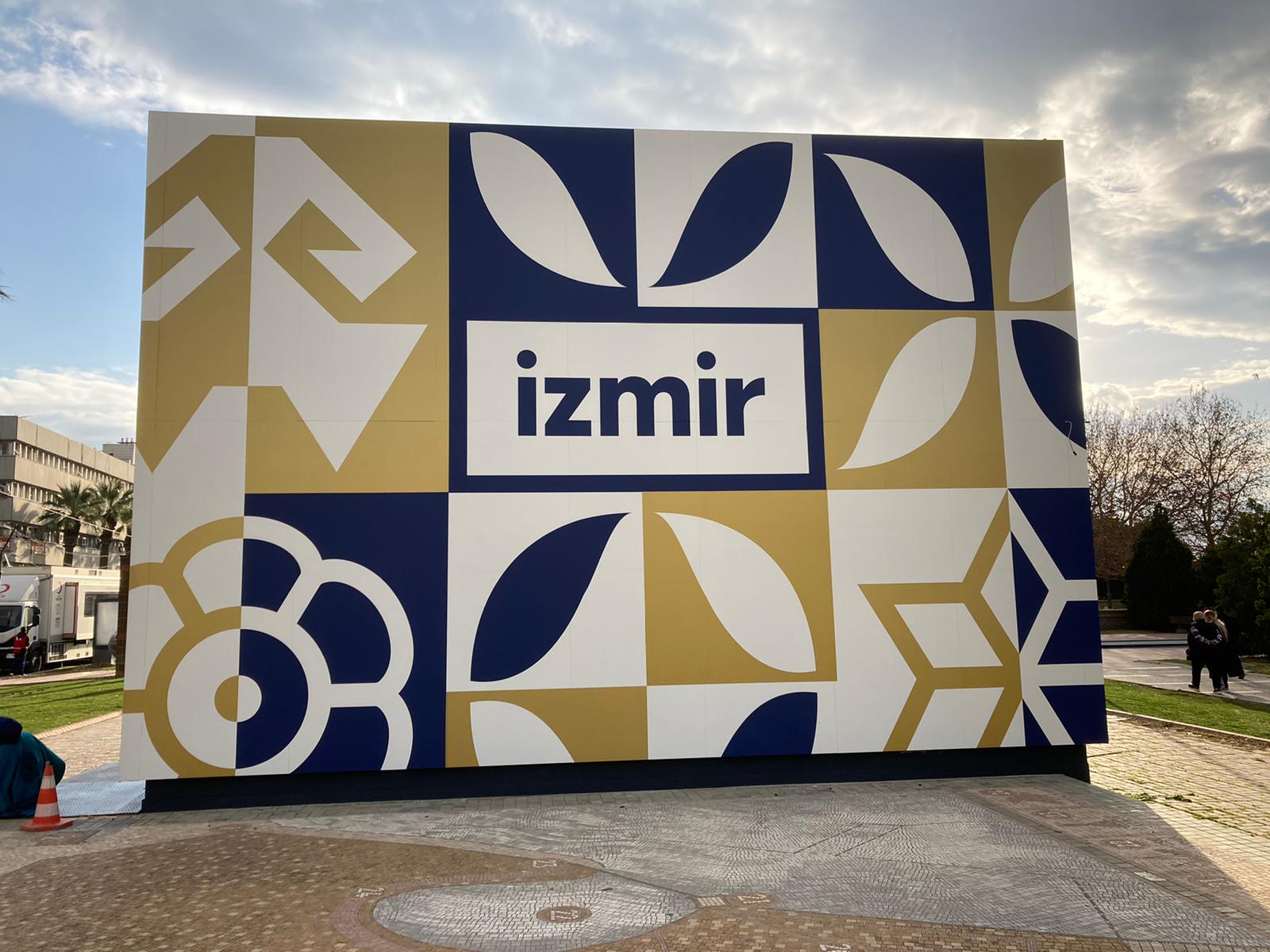
One of Turkey's most monumental examples of the orientalist style, the Clock Tower, was designed by the architect Raymond Charles Péré. The Clock Tower was built in 1901 to commemorate the 25th anniversary of Abdulhamid II's ascent to the throne. The cherry and green marbles used in the tower were brought from Marseille. The sultan's tughra (signature), which adorned the windows of the building in the form of reliefs during the Ottoman Period, was replaced with the crescent-star reliefs in the Republican Period. The canopy-covered fountains on all four sides of the Clock Tower, all cloaked with a dome, also rendered it an important water structure. The clock on the upper part of the tower is said to be a gift from the German Emperor Wilhelm II, and the section holding the clocks is accessed via a staircase leading up from the room on the ground floor. The tower's clock is wound every six days.

You can think of the old inner harbor of the city as an arc. As we proceed along our route, it is possible to see five mosques, the construction of which began in the 16th century, along the arc-shaped coast. The first of these is the Kemeraltı Mosque. Yusuf Cavuşzade Ahmet Ağa commissioned the mosque in the 17th century. Until recently, the information provided by Evliya Çelebi, also known as the "Ahmet Ağa Mosque," about the mosque was mistakenly thought to be related to the Kestanepazarı Mosque. Evliya Çelebi's writings also mentioned that the erection of the minaret required a lot of effort because a part of the land where the mosque was located was recovered from the sea. Beside the courtyard entrance of the mosque decorated with hand drawings, there also lay a fountain with remarkable Baroque adornments. Next to it is a marble drinking fountain known as both Kemeraltı and Sinanzade.
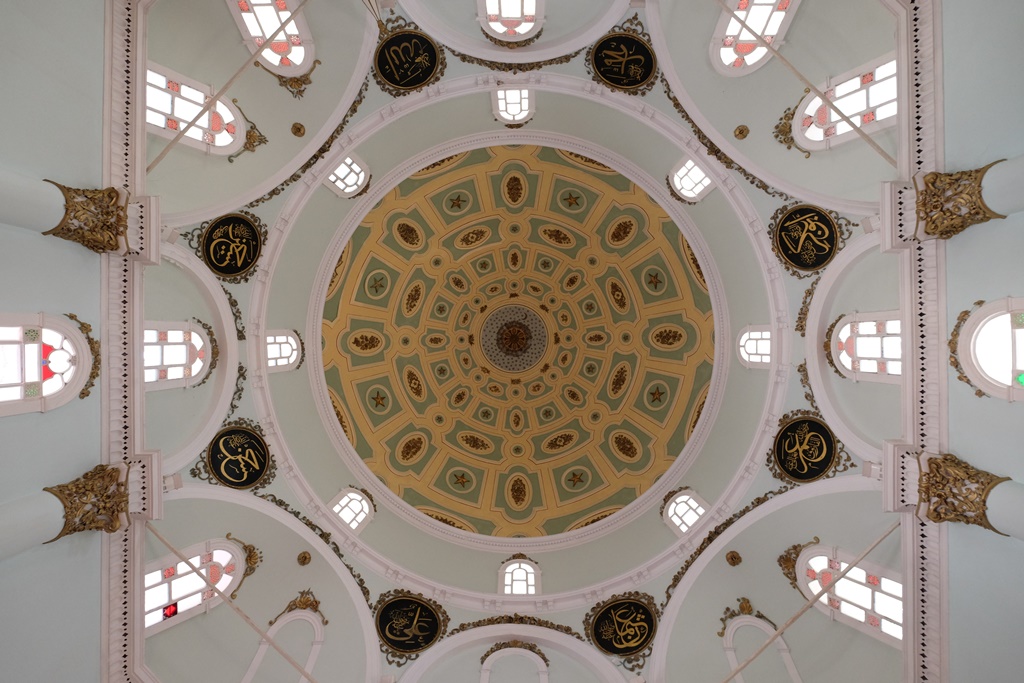
Ali Pasha Square, also referred to as Ships Pier in the early 19th century, is one of the last areas created by land reclamation at the inner harbor. The square and the surrounding inns served as a kind of stock exchange until the establishment of the Izmir Commodity Exchange in 1891. Since the mid-19th century, the square has become the focal center of the bazaar. The symbol of Ali Pasha Square is the Hacı Salih Pasha Fountain. The fountain, built-in 1828 by the Grand Vizier Salih Pasha, took part in many engravings with the caravans that stopped to rest around it. The square, which for decades in the past was home to caravans, is now home to many local restaurants surrounding the fountain.
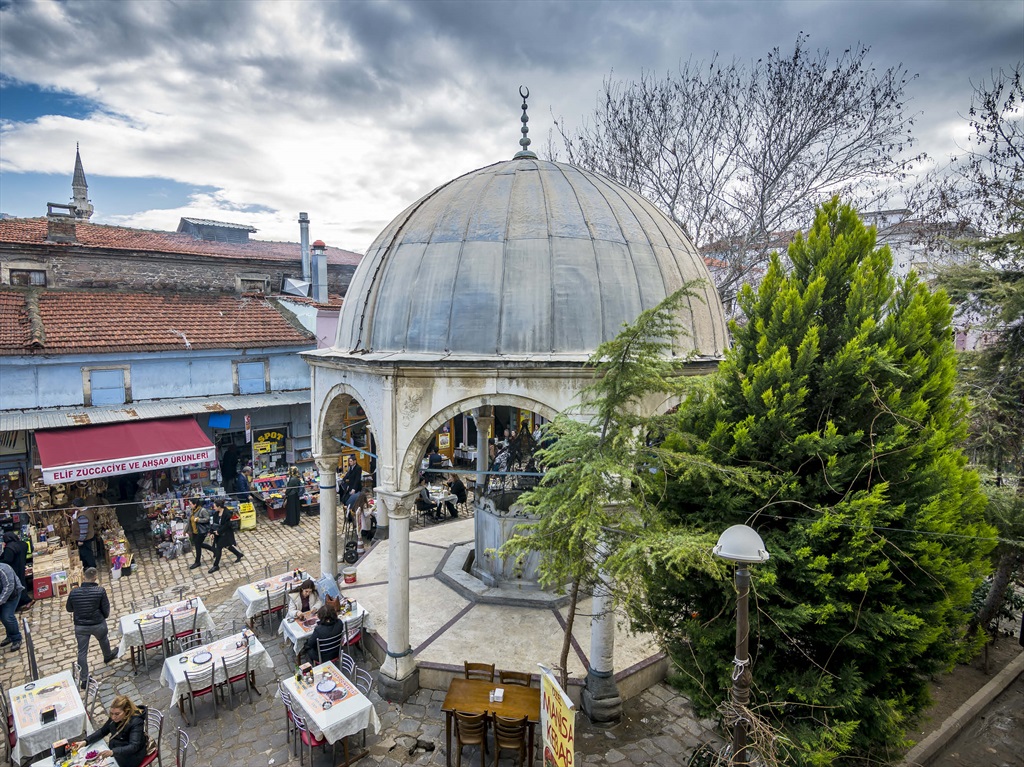
Another majestic mosque built along the arc of the old inner port in Kemeraltı is Başdurak Mosque. The mosque, which takes its name from its location in the Başdurak region, was built by the grain merchant Hacı Hüseyin Bey in the 17th century, according to the notes of Evliya Çelebi. The mosque's only lead-covered dome and its only minaret made of ornately carved stones are worth a closer look. The interior and exterior of the building are covered in patterns and hand-drawn ornaments in a display of the elegant visual arts of the Period.
.jpg)
Abacıoğlu Inn is one of the inns subsequently built in the area, encouraged by the increasing port trade in the 18th century. Abacızade Hacı Mustafa Ağa commissioned it in the early 18th century. The building was used for accommodation, trade, and storage purposes and was located within the Jewish quarters, adjacent to the cellar of the Greek church. Featuring nine rooms and seven lower cellars at the time of its construction, Abacioglu Inn earned the Respect for History – Local Conservation Competition organized by the İzmir Metropolitan Municipality and Philippe Rotthier European Prize for Architecture awards with its restoration work that was completed in 2007. You can enjoy the historical inn at one of the nice food & beverage spots in the colorful two-story spaces overlooking its spacious tree-lined courtyard.
Bet Hillel Synagogue was founded in the 19th century at the Palachi Family house to serve as a religious academy. Rabbi Hayim Palachi, who was bestowed the title of "theologian responsible for justice" by Sultan Abdulmecid, and his son, Rabbi Avraham Palachi, are among the significant religious scholars of the Izmir Jewish Community. The books authored by Hayim Palachi are still taught as textbooks in religious schools all around the world. The synagogue, Hayim Palachi's tomb in Gürceşme Cemetery, and the purification pool (mikveh) next to the tomb are collectively called the 'Diamond Triangle.' It is believed that these landmarks that make up the Diamond Triangle are sacred places that should be visited. When the Bet Hillel Synagogue was wholly burned down during a fire in 2006, it was restored by the İzmir Metropolitan Municipality. Later, it was reopened to visitors under the name of 'Rav Hayim Palachi Memorial House.'
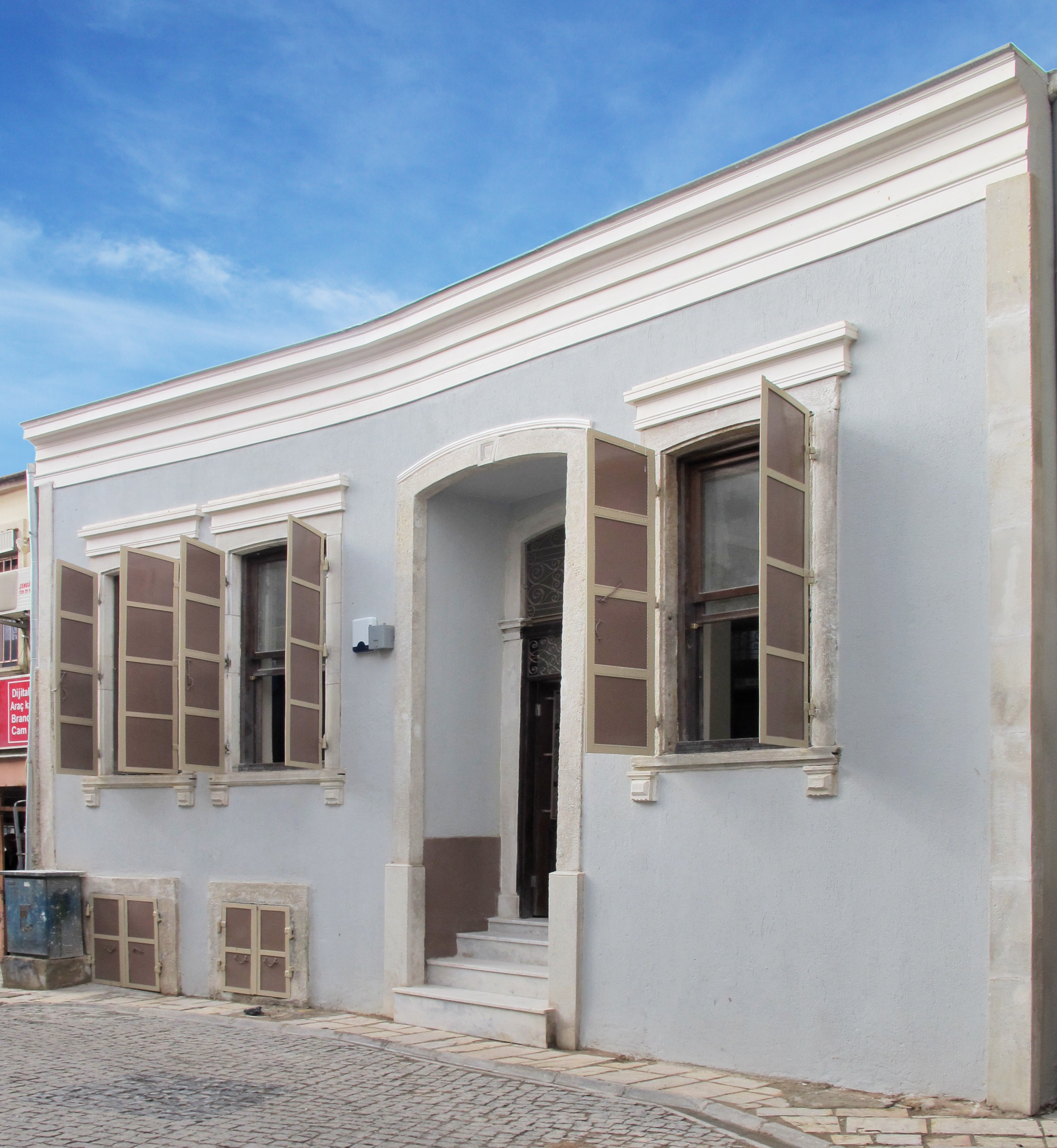
We are in the place currently known as Yeşildirek Passage and formerly known as Yeşildirek Bathhouse. The bathhouse, reportedly owned by the charitable foundation of the famous Ottoman Grand Vizier Merzifonlu Kara Mustafa Pasha, was heated using wood fire in its early years. In the following years, coal replaced wood as the fuel source of Yeşildirek Bathhouse, ultimately resulting in its canal burst due to the high temperature. After becoming dysfunctional, the bathhouse has come into use as a passageway since 1963. After entering the passageway, you only need to take a simple look to understand that the building used to be a bathhouse. The colorful round, hexagonal and star-shaped skylights on the dome of the warm room take you down the memory lane of its old days.
The inn, which also has an exit connecting to Havra Street and currently operates under the name L'agora, is among the one-of-a-kind stops to have some rest and visualize history amidst its boutique hotel, restaurant, and various shops. Commissioned by the Karaosmanoğlu family, cotton exporters who traded to Europe in the early 18th century, the inn was originally made of wood. Home to many artisans such as tinsmiths, whitesmiths, and coppersmiths throughout history, the inn was reconstructed in 2016 in the exact image of its original form.
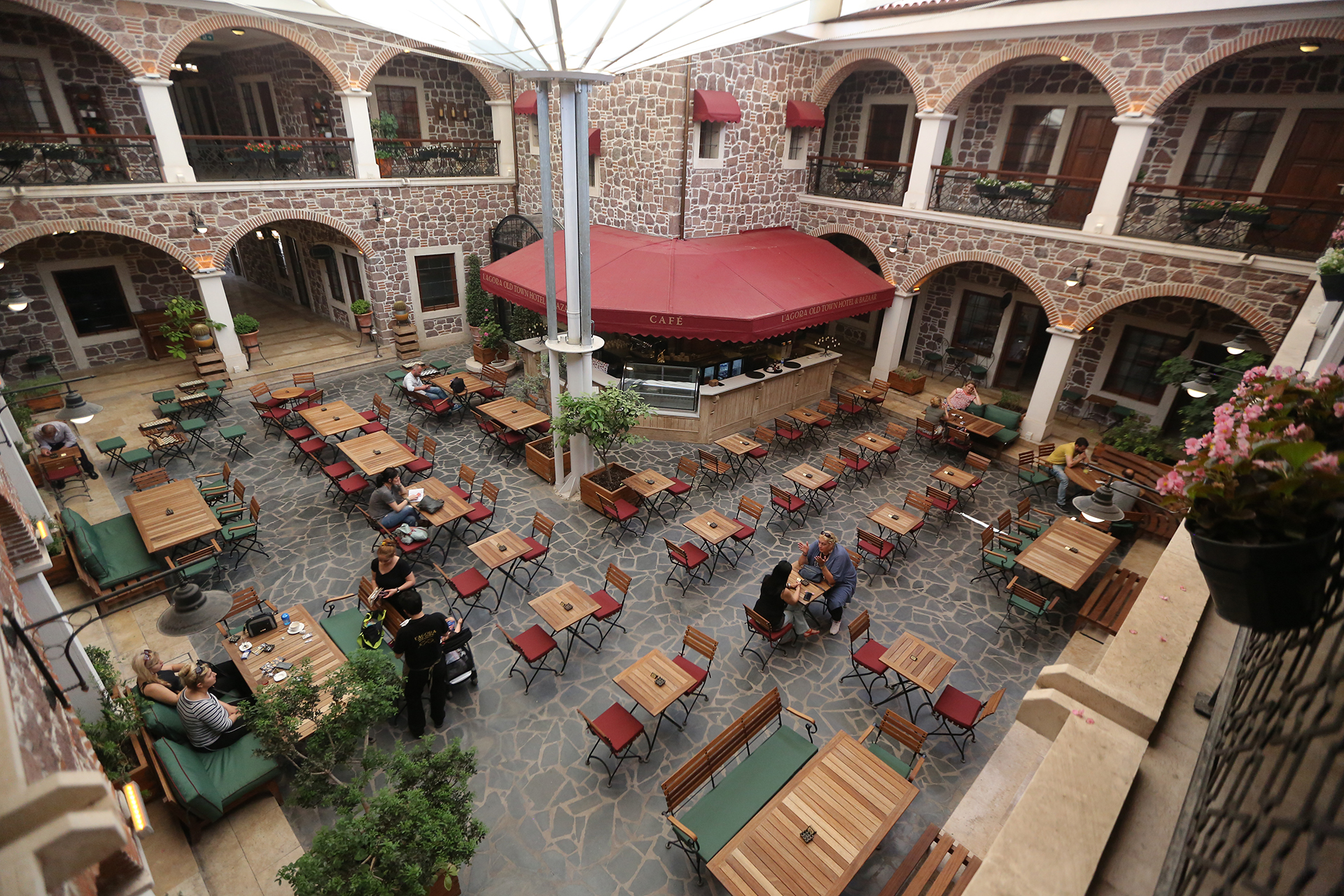
With the foundation of the State of Israel, a large portion of the Jewish population of İzmir left the city. Especially since the last quarter of the 16th century, the Jewish population settled in and around Havra Street. It became an important part of the city by establishing Juderia, the Jewish quarter. Nine synagogues, four of which were built adjacent to each other, and the rabbinical building is surrounding the street form an architectural complex that is unique today. The sources from the 19th century reveal that Havra Street featured Greek and Jewish wineries, as well as a Turkish bath and a Greek pharmacy. On the street, traces of the historic winery can be seen from the grape and vine leaf motifs engraved on the keystone at the arched entrance. Although the street has lost its distinctive character, it retains its commercial texture and vivacious ambiance.
.jpg)
The port and maritime trade have been significant for İzmir since Antiquity. Various products were exported from the port of Smyrna to the entire Mediterranean basin, and it is known that the city was a significant center for viticulture and wine production. Most of the ruins that have survived from the Agora of the ancient city of Smyrna, which was founded in the late 4th century BC after Alexander the Great, date back to the Roman Period Agora that was built after the earthquake of 178 AD. Smyrna Agora served as the ancient city's administrative, political, judicial, and commercial center. One of the largest agoras in the city center, Smyrna Agora has tremendous historical and cultural value with its civil Basilica, which contains the wealthiest Greek graffiti collection in the world. Launched for the very first time in 1933, the archaeological excavations at the Agora, located at the heart of the ancient city center, were relaunched in 2007. Since then, the excavation efforts have continued under the direction of Dr. Akın Ersoy. In the excavations carried out to date, the Western Porch surrounding the courtyard inside the Izmir Agora, the Basilica used in judicial and commercial works, two public buildings called the City Council and the Mosaic Building, and the Roman bath has been uncovered. Many artifacts discovered in Smyrna Agora are currently exhibited in the Archeology Museum and the History and Art Museum.
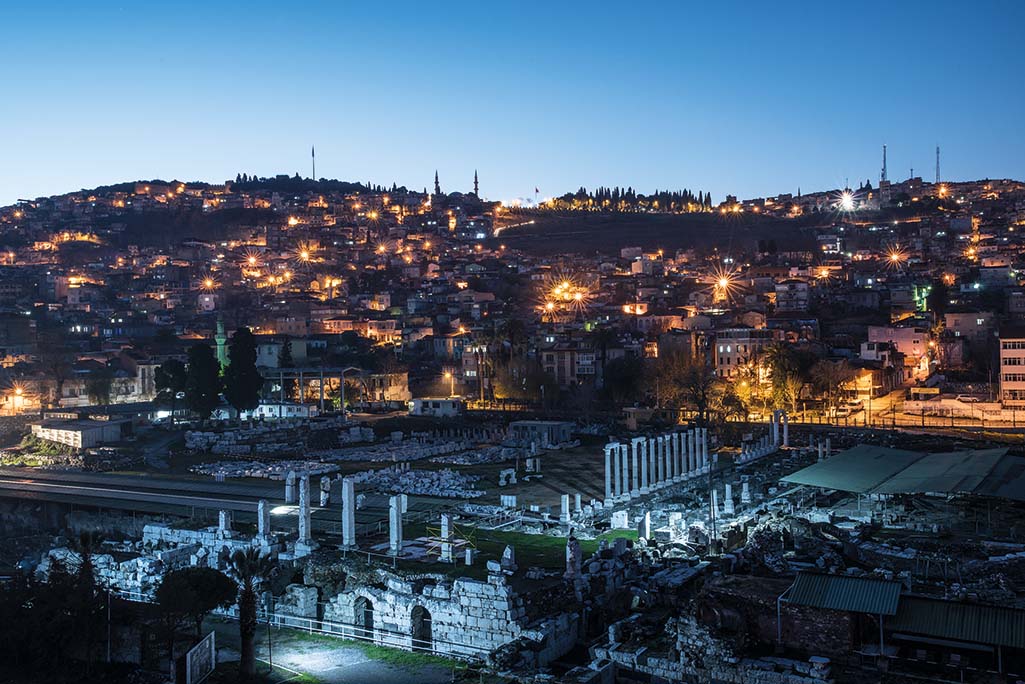
Kızlarağası Inn was commissioned by Hacı Beşir Ağa in 1744. Since the inn was built at the port's mouth and acted as a pier. The inn, which has a courtyard where caravans will leave their loads and several rooms on the upper floor that welcome weary travelers, maintained its importance in the commercial life of Izmir until the last quarter of the 19th century. Although the inn had played a significant role in the economy of Izmir, its importance began to decrease because the inner harbor was filled with the land. The historic inn was restored between 1988 and 92 and houses 200 small shops selling antiques, leather, jewelry, and souvenirs today.
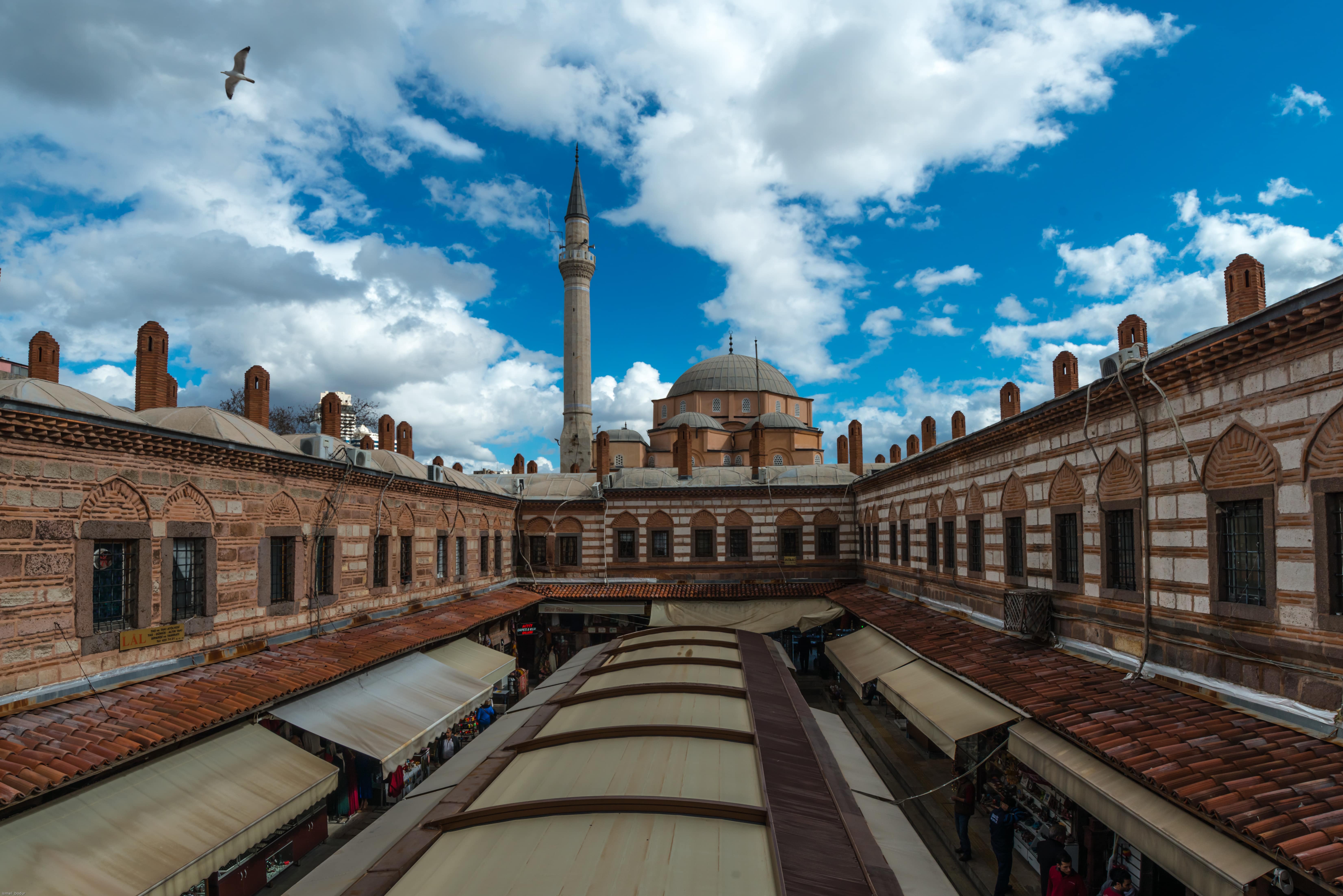
Originally built as an Ottoman Customs inn, Çakaloğlu Inn consists of 18 rooms on both sides of its arched corridor. Although the exact construction date of the inn is unknown, the dates' 1805-1806' engraved on the famous Gaffarzade Fountain at its entrance give an idea. In time, the accommodative function of the inns was replaced by hotels, and different types of inns specialized in activities such as trade and storage emerged. Çakaloğlu Inn has particular importance in the city's memory as it still carries the traces of the Great Izmir Fire of 1922.
Old Customs Building (Konak Pier)
With Izmir becoming one of the most important port cities of the Mediterranean, it was ordered to build a pier at the entrance of the city. The concession granted to the British entrepreneurs for constructing a customs building and warehouses, along with a pier, was later transferred to the French Dussaud brothers. The use of steel in construction was realized in Turkey before Europe. The customs building and the pier were opened in 1876. The building, seen to have added a large hall over time with the land reclamation works, was used as a fish house after the 1960s. It is the proof of the Old Customs House. The historical customs building, one of the city's most special structures due to its historical importance, architectural design, and location, welcomes its visitors as a shopping center with various restaurants today.
Click here to see Historical Port City Route on the map!
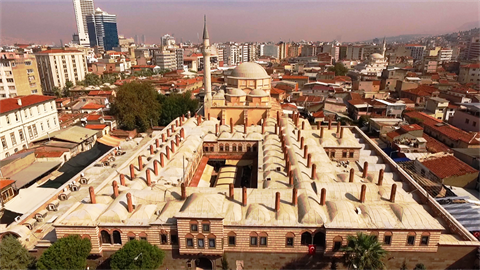
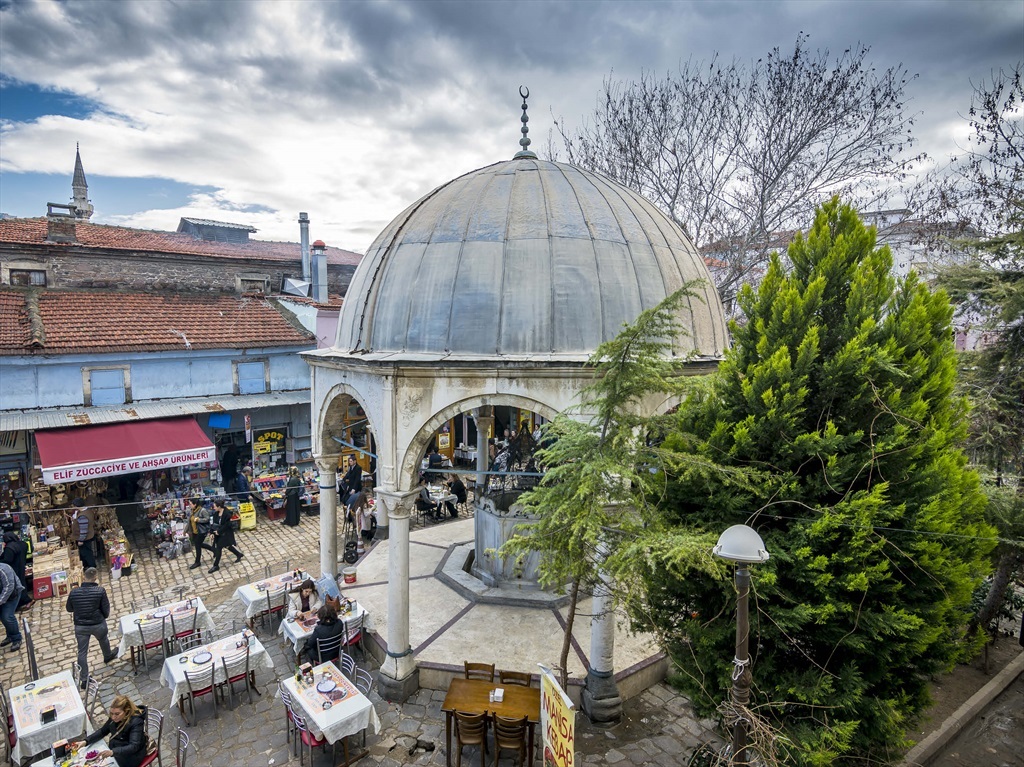
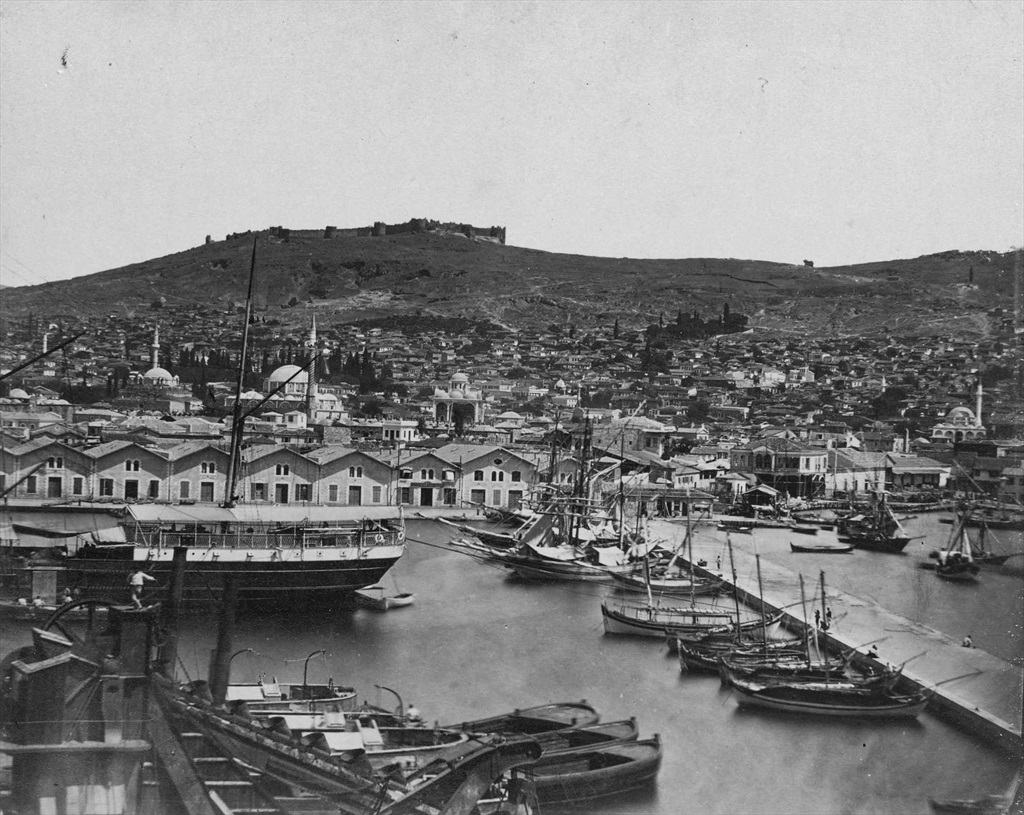
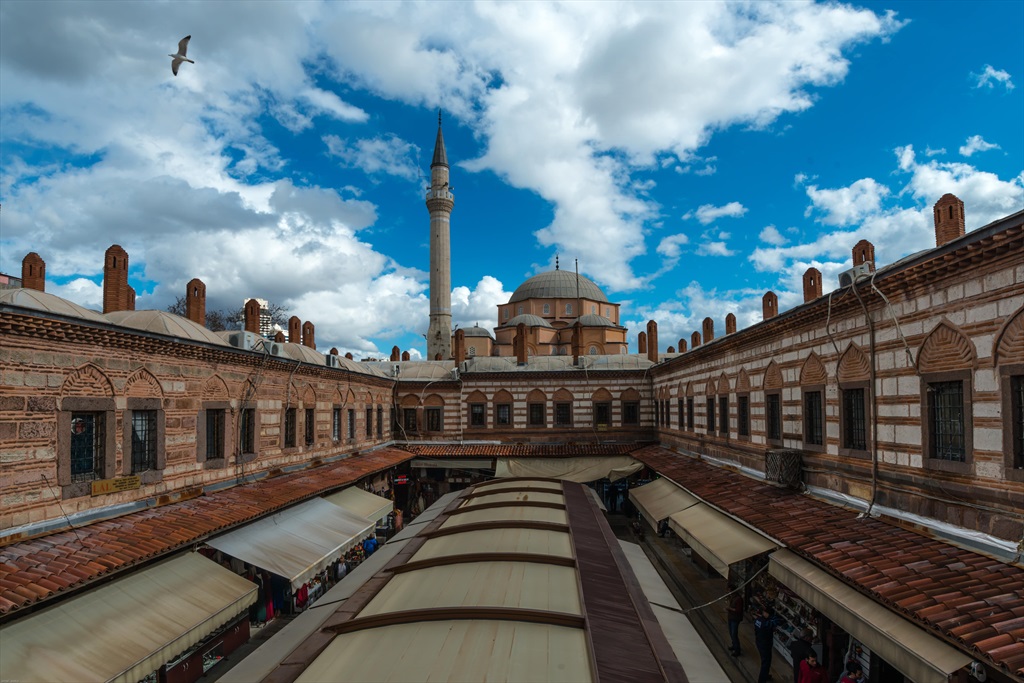
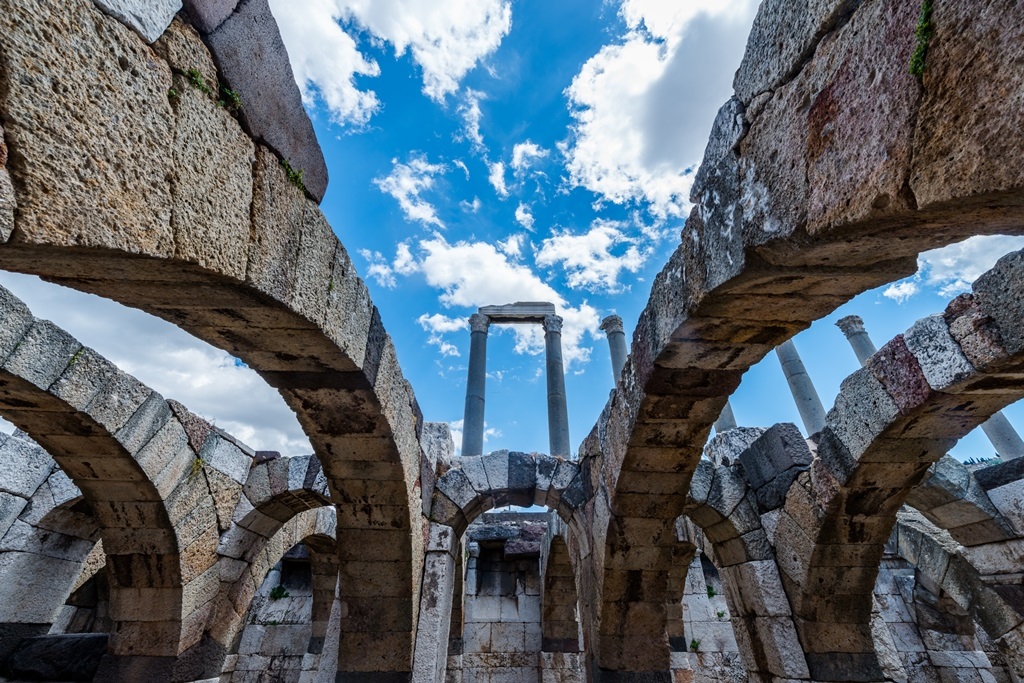


Comments
No comment left, would you like to comment?